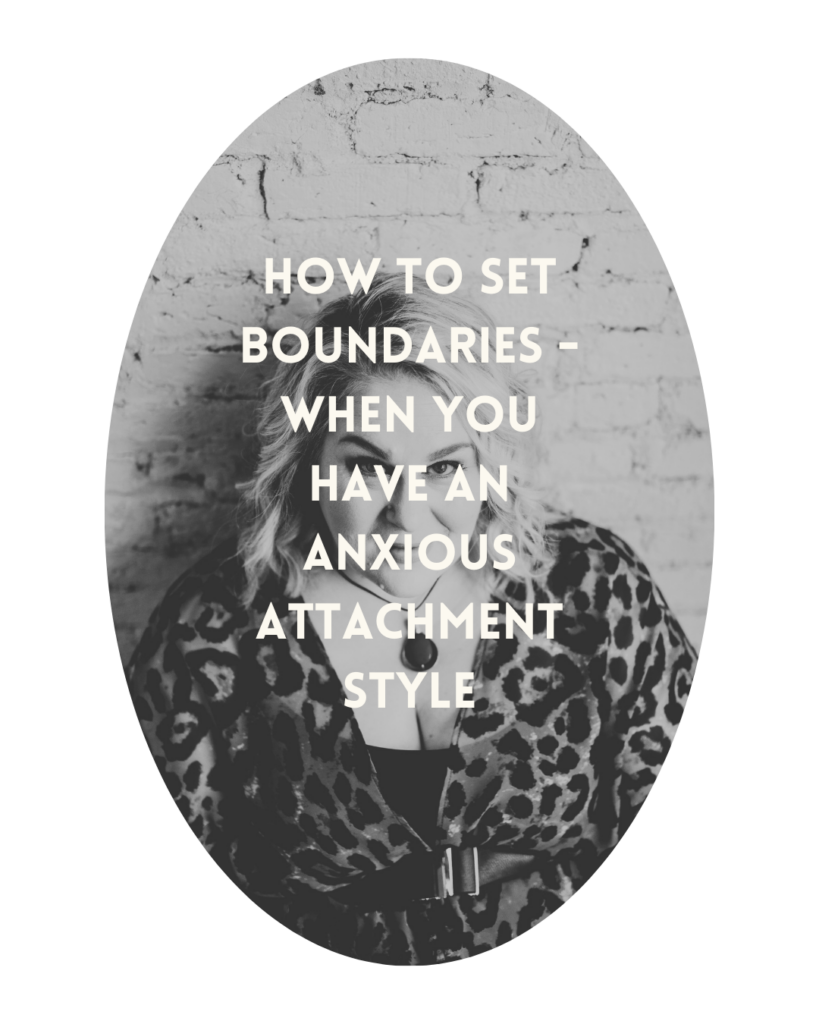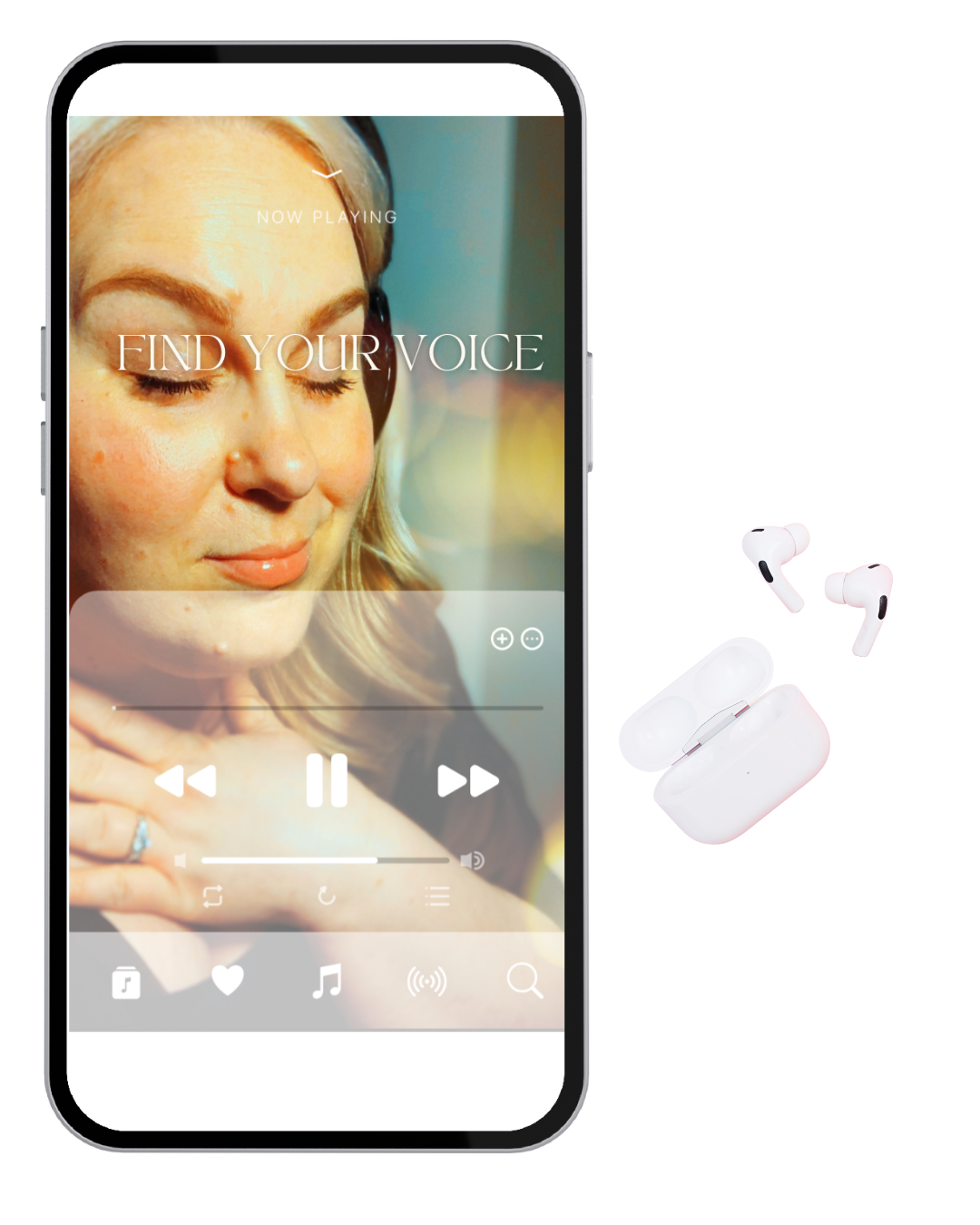© - Content and images in this blog are copyright Elise Besler of EB Voice Empowerment, unless stated otherwise. Feel free to repost or share images for non-commercial purpose, but please make sure to link back to this website and its original post.
℗ - We do not store any information about your visit to our website other than for analytics and optimization for content and reading experience through the use of cookies.
℅ - Our site does at times contain paid advertisements, sponsored content, and/or affiliate links.
Reader Etiquette
I'm your go-to expert for helping to ditch the fear and own your voice. Whether you’re speaking, singing, or setting boundaries, I help you go beyond technique -rewiring your nervous system so full expression feels natural, effortless, and so you.
Hi! I'm Elise Besler - Voice Coach & Somatic practitioner
February 12, 2025

Understanding Anxious Attachment and Boundaries
If you identify as anxiously attached, setting boundaries might feel like a threat to your relationships. You might fear rejection, abandonment, or conflict, making it hard to say “no” or express your needs. But boundaries are not about pushing people away ~ they are about protecting your energy, emotional health, and self-worth.
Learning to set healthy boundaries as an anxiously attached person is key to building secure, fulfilling relationships without overextending yourself. Let’s break it down step by step.
Why Anxiously Attached People Struggle with Boundaries
People with anxious attachment styles often:
- Overgive in relationships to maintain connection
- Fear being a burden and suppress their own needs
- Struggle with saying no due to guilt or fear of rejection
- Seek external validation to feel secure
- Feel responsible for others’ emotions
These tendencies can lead to burnout, resentment, and unhealthy relationship patterns. But by setting boundaries, you can create deeper, more balanced connections where you feel valued and respected.
Step-by-Step Guide to Setting Boundaries as an Anxiously Attached Person
1. Identify Your Boundary Triggers
Notice when you feel drained, overwhelmed, or resentful in relationships. Common triggers for anxiously attached people include:
- People taking advantage of your kindness
- Feeling unheard or ignored
- Constantly overexplaining yourself
- Fear of saying “no”
Keep a journal or note in your notes app on your phone to track moments where you feel discomfort ~ these are signs a boundary is needed.
2. Work with Your Nervous System to Manage Anxiety
As an anxiously attached person, your nervous system may go into overdrive when setting boundaries. Learning to regulate your body’s response can make boundary-setting feel safer and more natural.
Try these techniques:
- Voice Work – Doing voice work (yes, even humming and singing) can create some new pathways for using your voice with more confidence. BONUS: It also regulates your nervous system!
- Somatic (body) awareness – Notice physical sensations when discomfort arises and gently soothe yourself.
- Grounding techniques – Use sensory experiences (like touching something textured or listening to calming sounds) to bring yourself back to the present.
- Nervous System Rewiring Tools – Applied neuro drills and exercises to help you rewire the stress and anxiety you feel about setting boundaries.
When your body feels safe, it’s easier to set and hold boundaries without feeling overwhelmed or panicked.
3. Start with Small, Low-Stakes Boundaries
If saying no feels overwhelming, start with low-risk boundaries such as:
- Taking longer to respond to texts instead of feeling pressure to reply instantly
- Asking for space when you need alone time
- Stating your preference (e.g., “I’d rather meet for coffee instead of dinner”)
Practicing with small boundaries builds confidence for bigger ones.
4. Use Clear, Compassionate Communication
As an anxiously attached person, you may over-explain or soften your boundaries too much. Instead, practice direct yet kind communication:
- “I love spending time with you, but I need a quiet night to recharge.”
- “I can’t take on extra work right now, but I appreciate you thinking of me.”
- “I need to take a break from texting so much, but I care about our friendship.”
Use “I” statements to express your needs without blame or guilt.
5. Tolerate the Discomfort of Setting Boundaries
It’s normal to feel anxious, guilty, or worried after setting a boundary. But discomfort doesn’t mean you’re doing something wrong ~ it means you’re touching your growth edges. Take deep breaths, practice grounding techniques, do your nervous system drills, and remind yourself:
“I am allowed to take up space. My needs are valid.”
6. Recognize Secure Responses vs. Manipulative Reactions
Not everyone will react positively to your boundaries, and that’s okay. Here’s what to look for:
- Healthy relationships: Respect your boundaries, even if they don’t fully understand them.
- Unhealthy relationships: Guilt-trip, gaslight, or ignore your boundaries.
If someone consistently disrespects your boundaries, it may be time to reassess the relationship.
The Long-Term Benefits of Setting Boundaries
By setting and maintaining boundaries, you will:
- Build secure, balanced relationships
- Reduce anxiety and overthinking in relationships
- Develop self-trust and emotional resilience
- Attract healthy, reciprocal connections
- Stop people-pleasing and overextending yourself
Boundaries are a form of self-care, self-respect, and self-love. As you practice, you’ll notice a shift in how you feel about yourself and your relationships.
Final Thoughts
Setting boundaries as an anxiously attached person isn’t easy, but it’s one of the most empowering things you can do for yourself. Start small, practice self-compassion, and remind yourself that your needs matter just as much as anyone else’s.
— If you’ve ever struggled to speak up, felt your voice shake in high-stakes moments, or questioned if your words truly mattered, this practice is for you! —
Click HERE for immediate access to the FREE “Find Your Voice” Guided Audio Training.
Take 11 minutes to activate the power of your voice with this guided practice. Includes: Grounding, breath-work and voice-work exercises to help you regulate your nervous system and build a confident voice.

Leave a Reply Cancel reply
Grab
THE "Find YOUR VOICE" AUDIO TRAINING
Welcome, Friend! Around here, we believe that embodiment is sacred, and that every voice deserves to take up space.
This is a space rooted in anti-racism, body liberation, queer-affirming practices, and a commitment to trauma-aware, nervous system-informed growth.